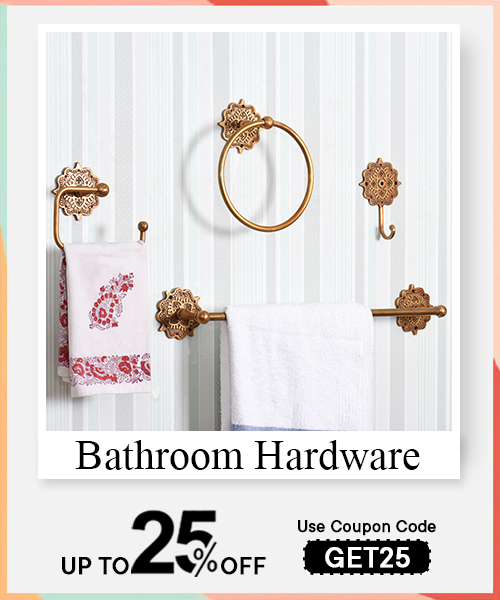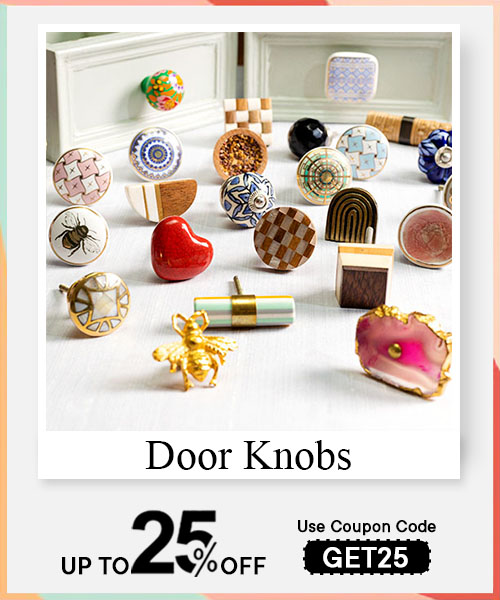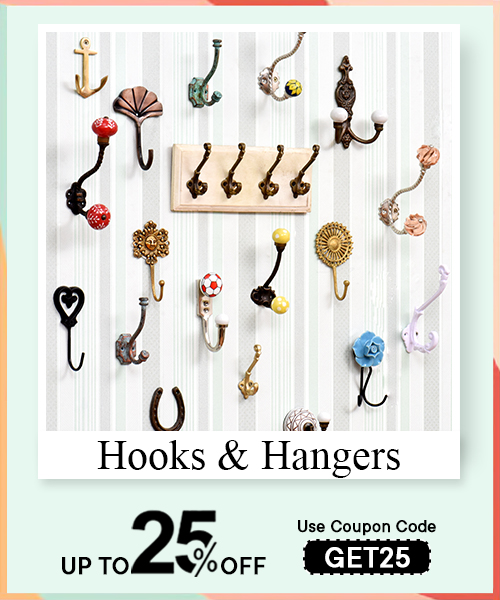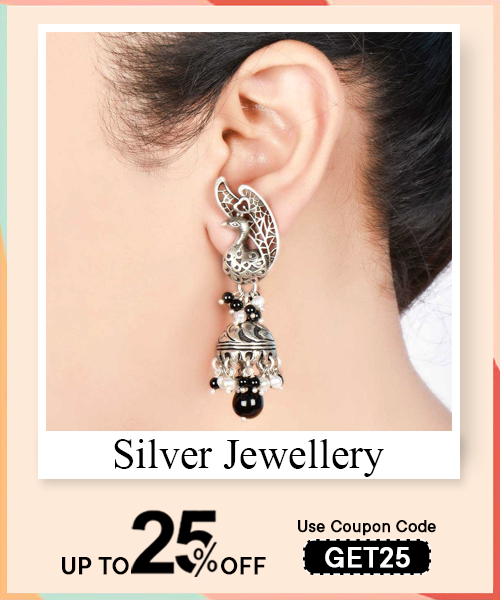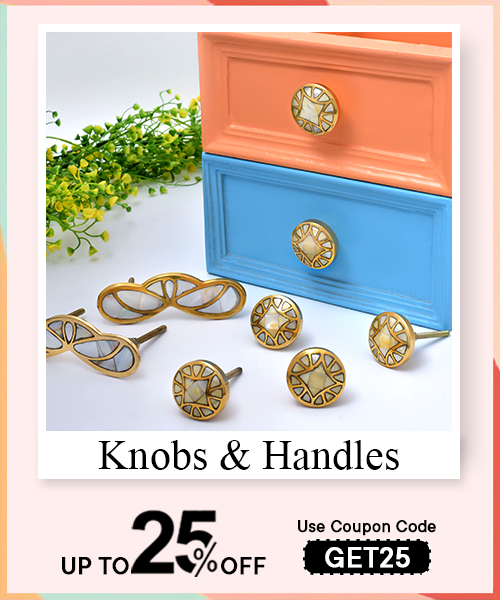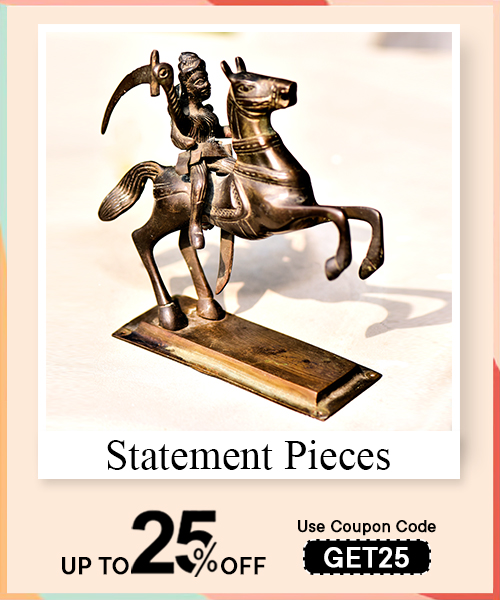Although wreaths and garlands made from evergreens are in high demand, Christmas decorations without glass ornaments remain incomplete. The Hebrews, Romans, Greeks, etc. preferred holly, rosemary, mistletoe, etc., to decorate their trees, yet beautiful ornaments made these products an impressive collection. Early Europeans also loved to choose live trees without decorations, a trend that lasted until 1521. Such trees became widely available in the later 18th century and were decorated using candies, fruits, nuts, toys, etc.
Similarly, Christmas ornaments, Jesus figures, etc., became popular. For this, Prince Albert (consort of Queen Victoria) is credited. It is believed that he imported his native Christmas decorations in 1841. Additionally, Christmas decoration ornaments are believed to have been brought by German immigrants who carried the heritage and Christmas tree traditions to America. As a result, products like candies, miniature candles, figs, gold-plated decorations, metal clips, etc. became popular Christmas decorations.
The practice of decorating homes for winter festivities existed before Christianity. Ancient cultures, such as the Egyptians, Romans, and Greeks, hung ornamental items like wreaths, garlands, and evergreen branches to represent rebirth and life during the winter solstice celebrations. These early ornaments were the forerunners of the decorations we know today and served to commemorate the passage from darkness to light.
Christmas decoration ornaments started to include religious meanings throughout the medieval era. Christians initially used apples in Europe to represent the Garden of Eden's Tree of Knowledge. Over time, apples evolved into elaborately crafted "paradise trees," with red apples as decorations, signifying the tree of life and Christ's atonement. By the Renaissance, biscuits and nuts replaced apples as the preferred edible ornaments, and the tree itself served as the centerpiece for elegant decorations.
Germany's 18th and 19th centuries saw a rise in the popularity of the Christmas tree decorating custom. Candles and miniature decorations made of paper, wax, or fruit were hung on the tree's branches. German immigrants introduced this tradition to the US and Europe, where it emerged and developed significantly. In the 1840s, Kugels, the first Christmas ornaments, were created. Kugels, translated as "balls," are a variety of circular, glass objects between 1 and 18 inches.
Families made most of the kugels, with each member performing various tasks such as blowing, silvering, painting, and capping. The 19th century saw the beginning of industrialization, and artisans soon began creating beautiful glass ornaments, frequently in the form of fruits, animals, and religious symbols. These ornaments were precious and often handed down through families. Germany became the top producer of glass ornaments in the 19th century. These experts then came to America and brought their traditions. These increased the popularity of the products, and soon Japan jumped into the game and delivered high-quality pieces. However, Poland and Czechoslovakia joined in the favor. By 1935, the USA had become the highest importer of these products.
Soon brands like Corning Glass Works became popular in these areas. The brand also used special techniques and machines to make the task easy. Hence, they could manufacture around 2000 balls per minute. The mass-produced ornaments still use the same process.
For Further Reading: CHRISTMAS ORNAMENTS—INDIANSHELF
Queen Victoria's marriage influence to German-born Prince Albert elevated German Christmas customs in British society. A published depiction of the royal family captured the public's imagination enjoying in front of a festive Christmas tree in 1848. The photograph helped spread the custom of using Christmas trees and decorations throughout the British Empire, eventually reaching America.

Innovations of the 20th century led to manufacturing, and technological improvements changed how Christmas ornaments were made. An American businessman named F.W. Woolworth launched inexpensive, mass-produced glass ornaments in the early 1900s, opening them to a larger market. People started to buy Christmas ornaments with detailed patterns, vivid colors, and metallic accents that shimmer. Candles were replaced by electric lights, which offered a safer method of lighting the tree.
Christmas decoration ornaments: modern trends represent a variety of creative and cultural influences. Traditional symbols like angels, stars, and Nativity scenes are still widely used, but new materials and design ideas have also been developed. The demand for ornaments made from recycled materials, natural elements, and technological components has increased. Personalized ornaments having names, dates, or pictures of loved ones have developed into treasured keepsakes, and themed sets enable reliable and organized decorating.
Read More: CHRISTMAS: A CAUSE FOR CELEBRATION AND DECORATION USING CHRISTMAS ORNAMENTS
One of the more affordable ornaments, scrap ornaments, were typically made from cardboard, a cut-out lithographic image (a vibrant printing method popular at the time), and other holiday decorations like tinsel and leftover fabric. Ideas could be cut out of anything they had, although they were occasionally printed into periodicals for this purpose.
The garlands often included tiny beads of blown glass in various sizes, hues, and designs. Small colored balls and larger glass beads shaped to resemble popcorn are used to create the strand shown to the right, which is meant to resemble popcorn strands, another typical tree decoration.
Most people generally picture silver ornaments when they think of Christmas ornaments. A glass ornament is blown to create these ornaments, and the interior is swirled with a mercury, lead, zinc, or silver solution. As a result, they have a glossy, reflective surface. Then, they could be painted or re-coated in a colorful solution to add more decoration.
Tinsel wire ornaments were another type of ornament. The tinsel wire was utilized in ornaments starting in the 1870s. However, it wouldn't become a standard Christmas tree decoration until the 1920s. The tinsel wire was another method used by Victorians to add more sparkle to the tree, along with decorations, lithographic prints, and other materials.
The molded ornament was another often-used ornamental design. The glass was often blown into a hand-carved mold to create these. A highly popular method was using birds, such as the one on the right. The painted, spun glass (also known as angel hair) and brass clip used to attach the blown bird to the tree was added after it had been painted. Other common forms during this period were different fruits and nuts inspired by the other widely used tree ornaments of the day.
A tool silvered and pierced round, blown-glass "Reflector Ornaments." Due to how the silvered indent reflected light, this was intended to increase the sparkle and glimmer on the tree. These reflectors could have silvering added, or colored lacquer could be applied to add additional ornamentation.
Pressed tin molds were yet another technique used for decorations. Because of the material's malleability and general affordability, tin was a popular material in Victorian society. The pressed metal plates were colored to match the tree after being stamped out using intricate designs.
Christmas ornaments, rooted in ancient traditions, have evolved into a timeless symbol of celebration and creativity. From the evergreen garlands of ancient cultures to the intricate glass decorations of Victorian times, these ornaments reflect cultural, artistic, and technological milestones. Innovations in materials, techniques, and designs have shaped ornaments into cherished keepsakes, blending history with modernity. Today, they are not just decorative items but storytellers, embodying personal memories, cultural heritage, and festive spirit. Whether traditional or contemporary, Christmas ornaments remain a vibrant part of holiday celebrations, connecting past and present while inspiring joy and warmth across generations.










